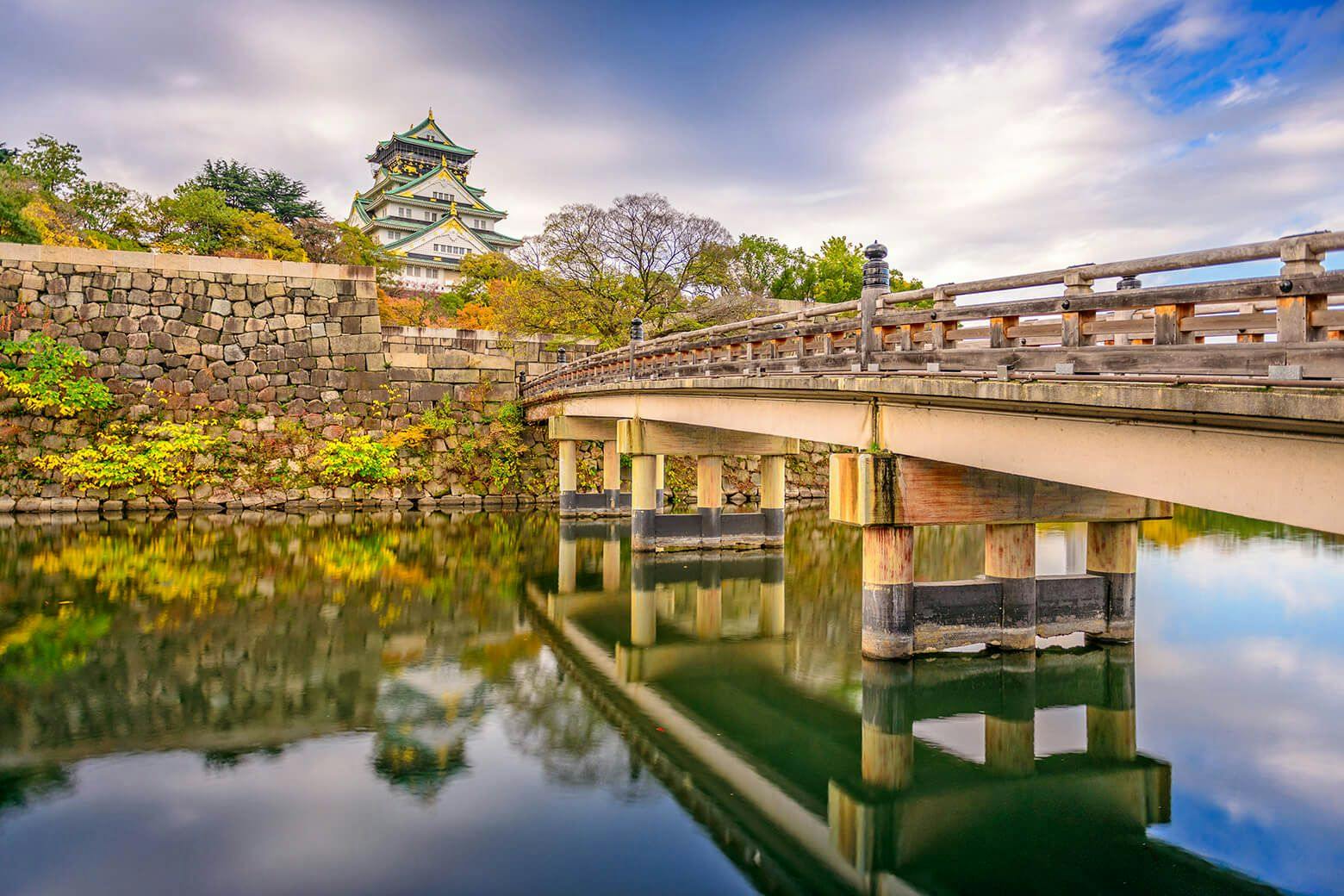Regional sake guide: Chugoku and Kansai Region
Table of Contents
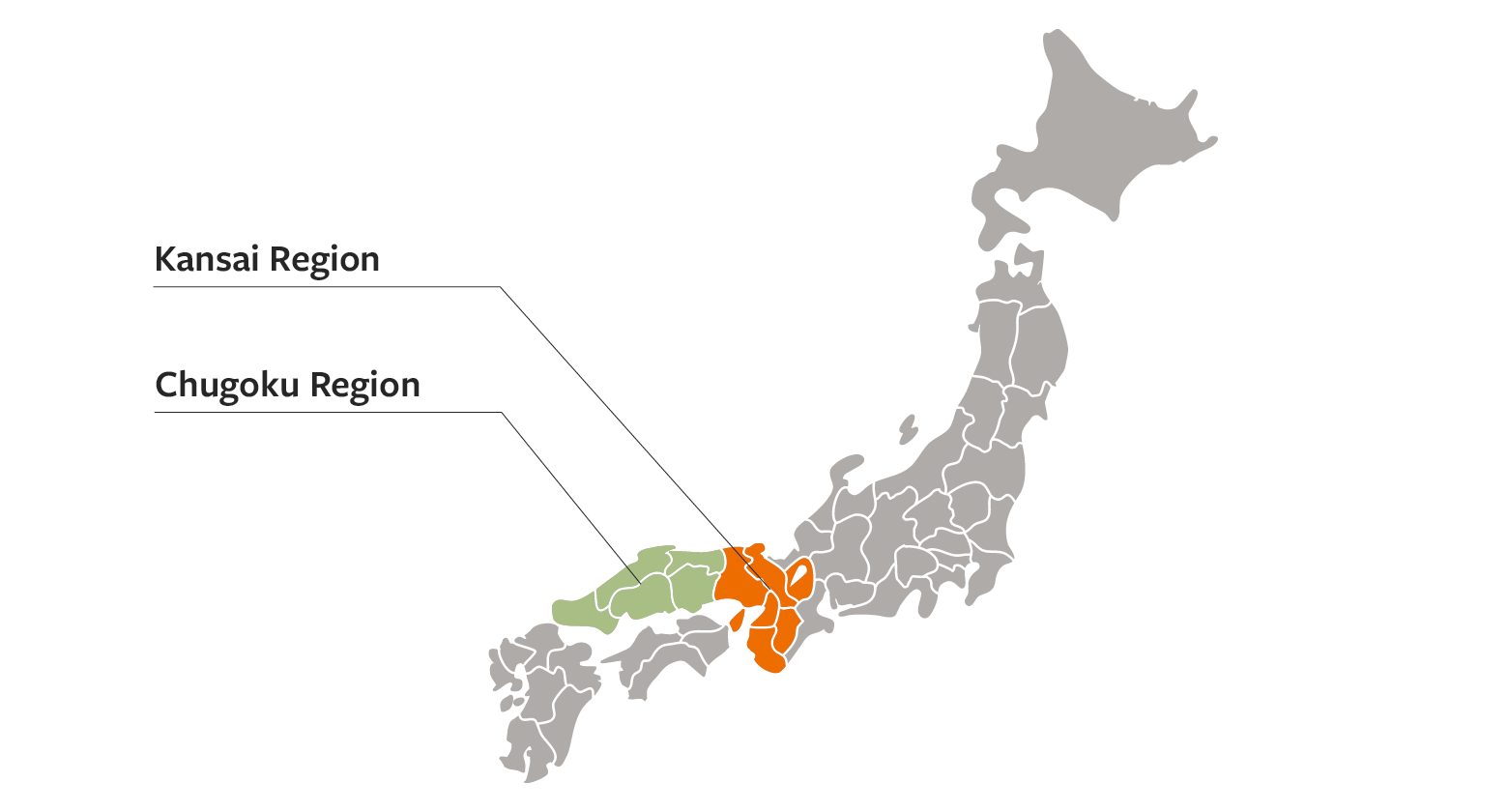
In the first series of regional sake guide, we talked about important factors characterizing the regional style of sake.
Nada of Hyogo Prefecture, Fushimi of Kyoto, and Saijo of Hiroshima Prefecture in the Chugoku and Kansai Region are recognized as the three key sake regions in Japan. Nada and Fushimi were famous for many centuries, being the top producers and winners of competitions. Saijo, on the other hand joined these top two regions around the turn of the century when brewer and researcher Senzaburo Miura put the region on the map by leading them to win competitions against Fushimi and Nada. Among them, Nada is known to be a sake powerhouse, with the largest production volume of sake of any region in the entire country.
Not only is Nada blessed with its geographical advantages such as access to high-quality water referred to as “Miyamizu” and cold wind coming from Rokko mountains, but also its location which is perfect for transportation. During the Edo Period (1603-1868), commercial goods were shipped via sea routes and its proximity to the Seto Inland Sea enabled easy sake transportation to the center of trade, Edo, which is now Tokyo. Since then, Nada has flourished as the important hub of sake culture and continues to be a popular destination for Japan travel.
Many travelers find that the best time to visit Japan is in the fall, after the summer heat has faded and the solemnity of temple shrines can be fully observed with picturesque views of the country’s natural landscape. Not to mention, tasting the varieties of nabe and seafood that brings a warmth to the bones especially as the days become cooler.
Yamaguchi
Yamaguchi is in the extreme western part of mainland Japan. Bordered by three different seas, the region is an epicenter for quality seafood. The classic sake from this region tends to be full-bodied and umami-packed, however, there is a growing number of breweries releasing modern and light styles.
Local dish: Fugu sashimi, Choshu-style yakitori
Tippsy’s recommended sake from Yamaguchi:
Asahi Shuzo Co., Ltd. : Dassai “23”
Nagayama Honke Brewing Company: Taka “Noble Arrow”
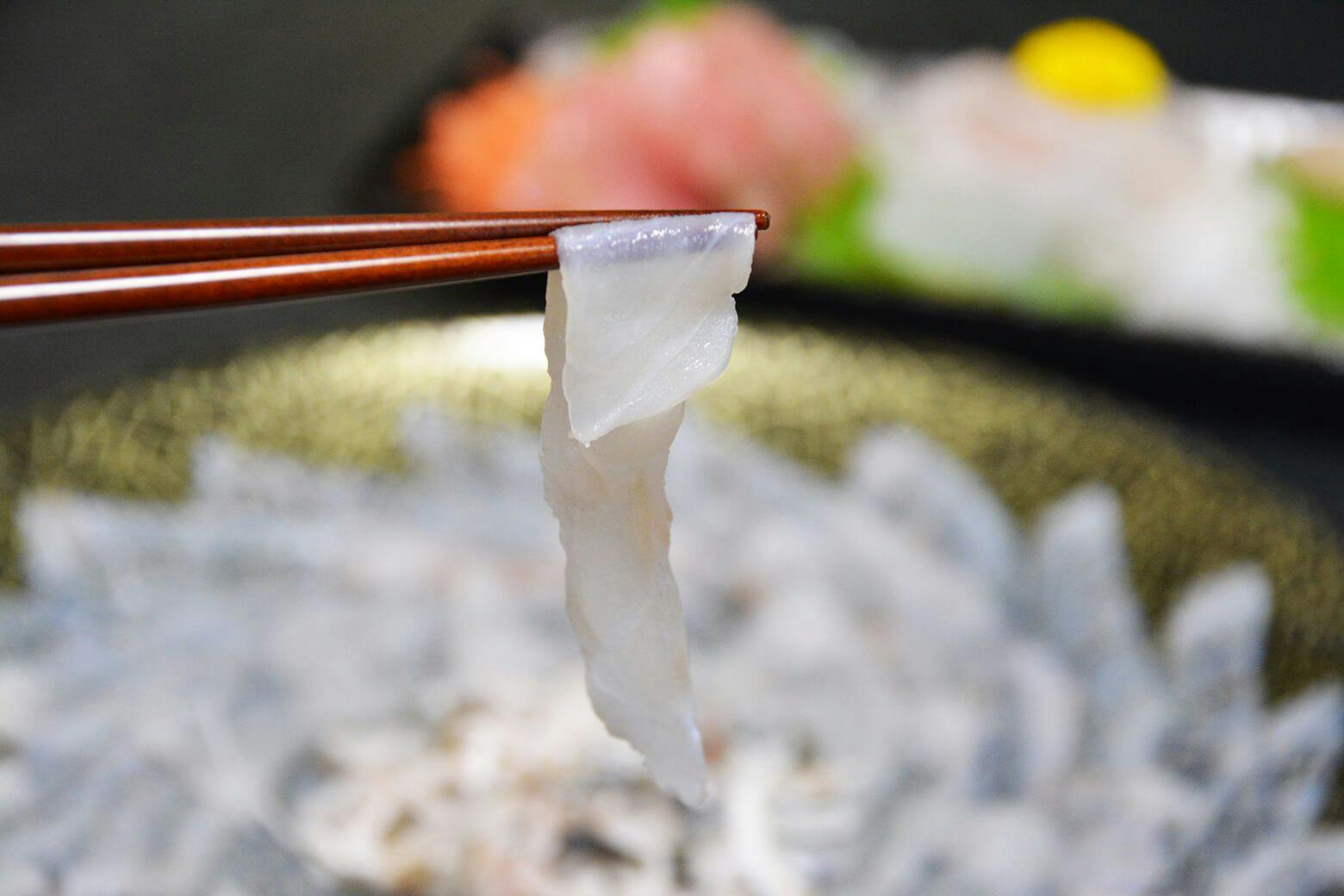
Fugu (puffer fish) sashimi, often enjoyed with ponzu sauce
Shimane
Shimane is home to one of the oldest and holiest Shinto shrines, Izumo Taisha Shrine, and sake has been an important part of religious festivities. The region enjoys their local sake rice such as Kaminomai and Sakanishiki, and sake tend to be round and rich with a long-lasting finish.
Local dish: Izumo soba noodle, Grilled saba mackerel
Tippsy’s recommended sake from Shimane:
Rihaku Brewing Company: Rihaku “Wandering Poet”
Fuji Brewing Company (Izumo): Izumo Fuji “Ancient Shrine”
Hiroshima
One of the biggest sake regions in Japan, Hiroshima holds more than 40 breweries. The region is famous for their sake rice Hattannishiki, has isolated and developed many sake yeast such as Hiroshima 21, and sake from the region are usually round and elegant, with a touch of sweetness.
Local dish: Oyster hot pot (Dotenabe), Conger-eel rice (Anago meshi)
Tippsy’s recommended sake from Hiroshima:
Nakao Brewing Company: Maboroshi “Mystery”
Imada Brewing Company: Fukucho “Forgotten Fortune”
Kamotsuru Brewing Company: Kamotsuru “Tokubetsu Junmai”
Tottori
Historically, Tottori produced sake for Shimane Prefecture for religious ceremonies. The region is famous for its original sake rice varieties, Tamasakae and Goriki. The sake from the region are characterized by its full-body style but the finish tends to be very dry.
Local dish: Steamed crab, Chawanmushi
Tippsy’s recommended sake from Tottori:
Suwa Brewing Company: Mantensei “Star Filled Sky”
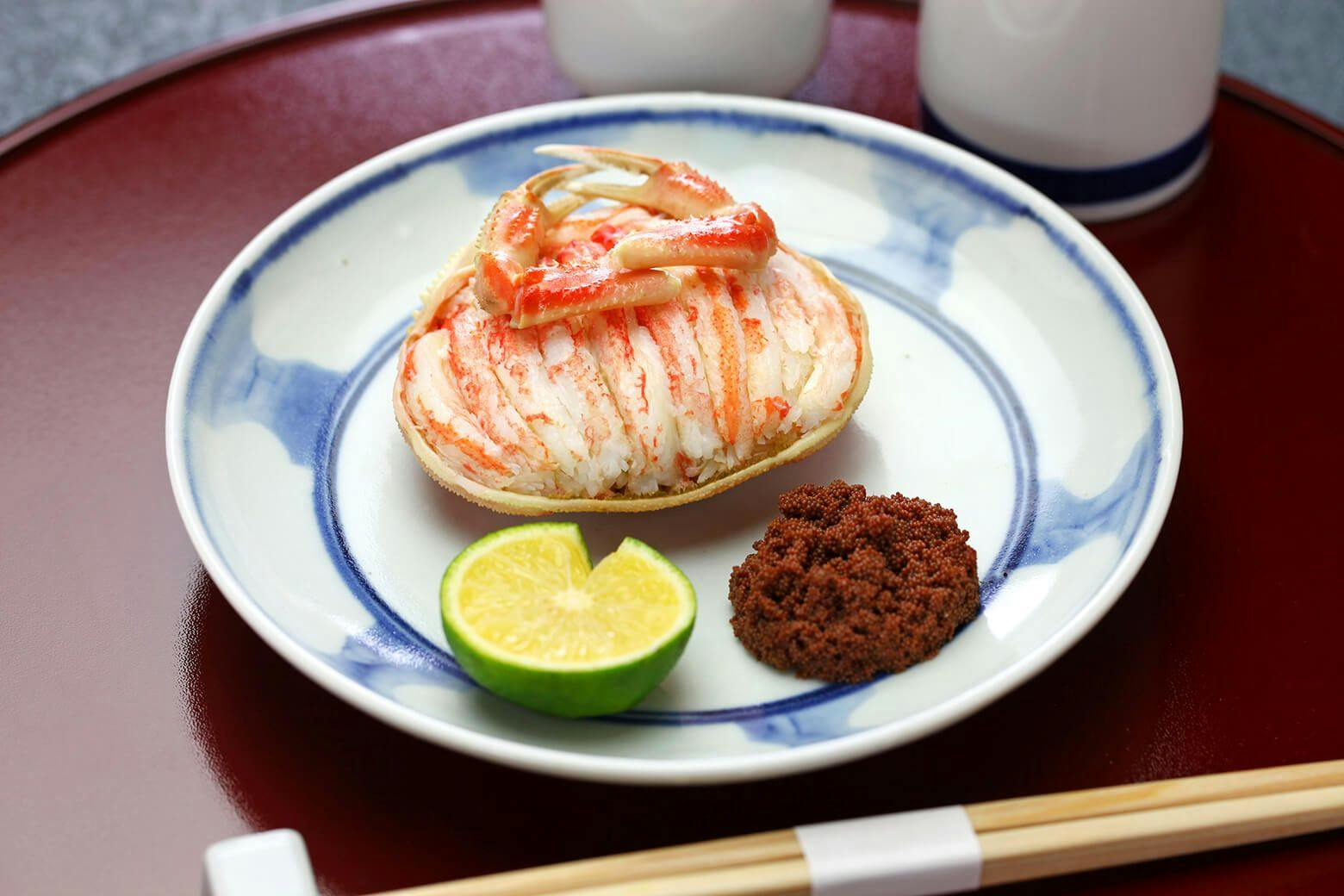
Delicately arranged steamed crab. Some enjoy drinking sake in the grilled crab shell (koura-zake).
Okayama
Okayama is blessed with abundant, quality water sourced from three large rivers: Yoshii River, Asahi River and Takahashi River. The indigenous rice variety Omachi is the most popular choice for sake production, and the style of sake varies from light and crisp to full-body and rich type.
Local dish: Octopus rice (Tako meshi), Tempura
Tippsy’s recommended sake from Okayama:
Marumoto Brewing Company: Chikurin “Karoyaka”
Muromachi Brewing Company: Sakura Muromachi “Bizen Maboroshi”
Hyogo
The largest sake region of Japan. There are over 70 breweries around Nada Region, the area considered to have Japan’s finest underground water. Most of the breweries in this region use Yamadanishiki rice to produce aromatic and elegant sake.
Local dish: Kobe beef steak, Steamed hamo pike conger
Tippsy’s recommended sake from Hyogo:
Hakutsuru Brewing Company: Hakutsuru “Sayuri”
Kobe Shushinkan: Fukuju “Blue”
Kenbishi Brewing Company: Kenbishi “Mizuho”
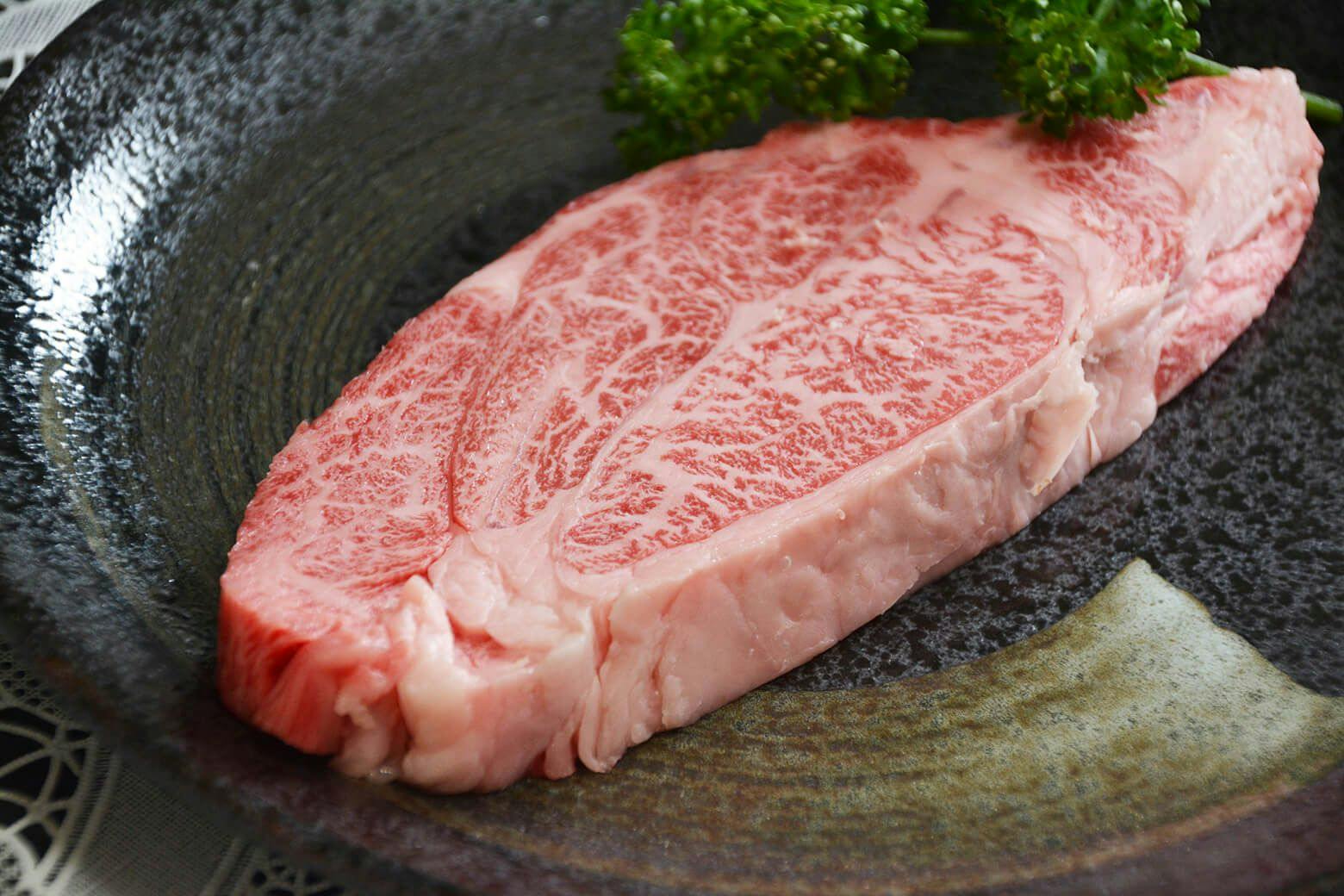
Raw Kobe beef steak
Kyoto
There are approximately 50 breweries in Kyoto, and the number is split between the Fushimi area and Tango area. Sake from Fushimi tend to be soft and elegant, while Tango tends to produce rich and aromatic sake.
Local dish: Kaiseki cuisine, Nikujaga
Tippsy’s recommended sake from Kyoto:
Yamamoto Honke: Shinsei “Junmai Daiginjo”
Higashiyama Brewing Company: Konteki “Pearls of Simplicity”
Kizakura: Tozai “Blossom of Peace”
Osaka
Known as Tenka no Daidokoro (“the nation’s kitchen”), Osaka has historically been an important capital of food culture. There are about 15 breweries in proximity to Yodogawa River. The sake are usually light and crisp, and highly food-friendly. Also famous for umeshu, a traditional Japanese liqueur made from ume plum.
Local dish: Battera, Okonomiyaki
Tippsy’s recommended sake from Osaka:
Choya Umeshu: Choya “Sparkling Plum Wine”
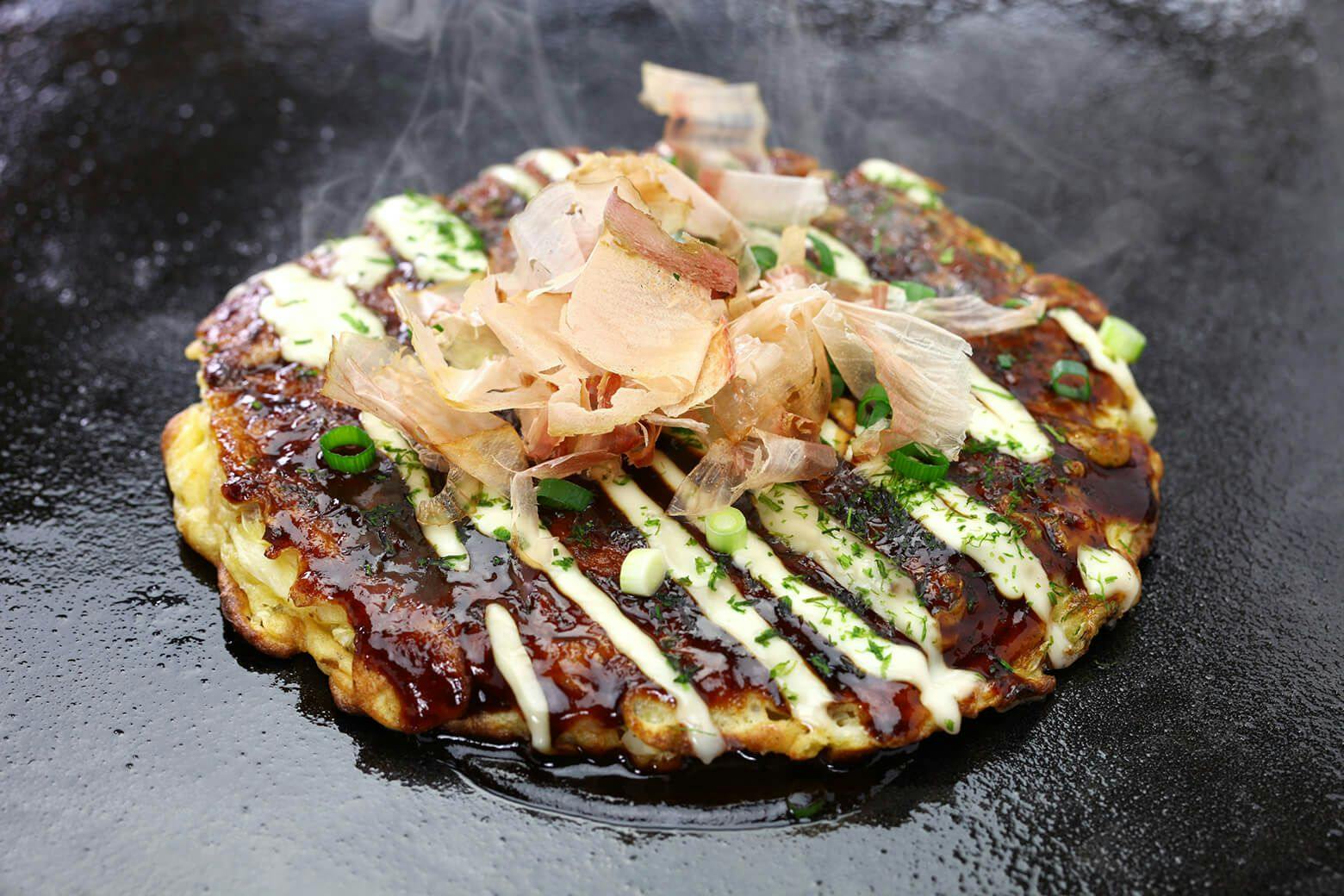
Okonomiyaki covered with rich and sweet sauce—pairs well with sparkling sake
Wakayama
The region enjoys a comparably warm climate and is known to produce a variety of tree fruits, such as mikan orange, plum and persimmon. There are 20 breweries, most of them specializing in small production artisanal sake. The sake style tends to be rich and umami-driven, with a hint of tropical notes.
Local dish: Saba mackerel sushi, Kinzanji sweet miso paste
Tippsy’s recommended sake from Wakayama:
Nate Brewing Company: Kuroushi “Junmai Ginjo”
Nakano BC: Kinokuniya Bunzaemon “Junmai Ginjo”
Nara
Once an ancient political and cultural center, Nara is believed to be the birthplace of sake. Nara is home to a number of historically important temples where sake had been produced for ceremonial use. The sake from this region tend to be rich and have depth.
Local dish: Kakinohazushi (Persimmon leaves wrapped sushi), Yamatoushi beef shabu shabu
Tippsy’s recommended sake from Nara:
Choryo Brewing Company: Choryo “Yoshinosuigi no Taru Sake”
Shiga
Shiga is home to Lake Biwa, the largest freshwater lake in Japan that supplies water to adjacent prefectures such as Osaka and Kyoto. Of the approximately 40 breweries, most are boutique craft style, producing unique sake.
Local dish: Omi beef steak, Funazushi (old-style fermented crucian carp sushi)
Tippsy’s recommended sake from Shiga:
Tomita Brewing Company: Shichi Hon Yari “Shizuku Junmai Daiginjo”
Kita Brewing Company: Kirakucho “Super Dry”

Alice Hama
Certified Sommelier in wine and sake with more than 15 beverage and food-related certifications around the world, including Court of Master and WSET Sommeliers. Alice’s passion for wine and sake has taken her on many gastronomic adventures! She currently consults and writes for several importers, restaurants, and media outlets.
Learn about Tippsy’s Editorial process
Recent posts
All about sake
Sign up to receive special offers and sake inspiration!
